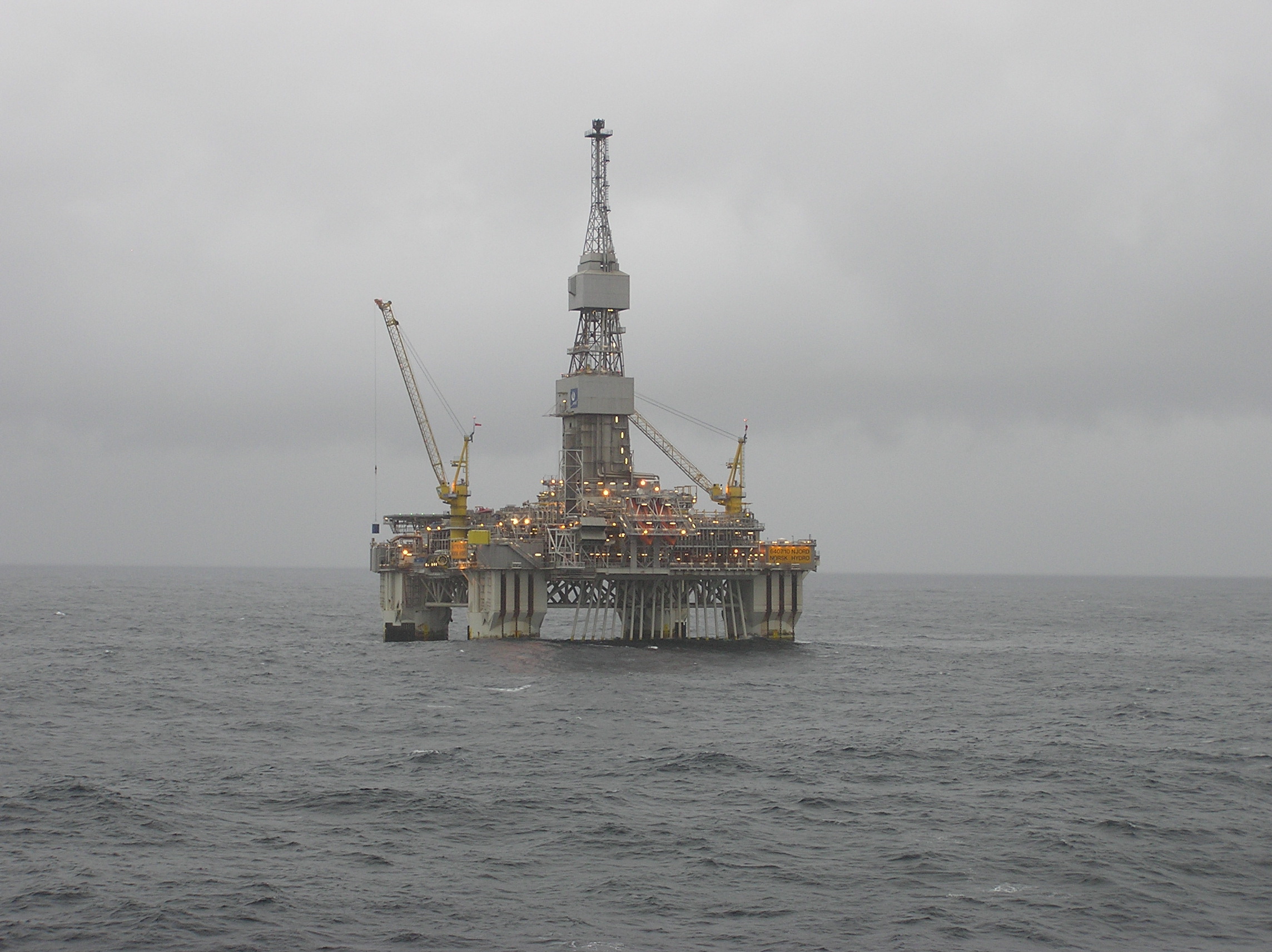

Oilfield drilling optimization systems market will experience a more robust growth as it continues to hold its appeal for users, particularly in the form of improved efficiency and performance that can lower overall operational costs, and improve profitability. After the global oil & gas market downturn from 2014 through end 2016, the upstream oil & gas segment has been showing renewed growth. It is evolving in a relatively stable oil price scenario and experiencing dramatic changes through increasing adoption of Internet of Things (IoT) and automation. It is a well-known fact that the era of “easy oil” is past and that what was once considered unconventional in terms of shale, offshore deepwater, and subsea, among others, is becoming the new normal. As a result, owner-operators, independent E&P companies, oilfield service providers, and drilling contractors realize that investment in automation and technology solutions to increase rate of penetration (ROP), minimize stuck pipe or kicks, improve and/or enhance recovery rates, and ensure more efficient exploration and development with fewer experienced personnel is a vital investment that translates into material return on investment (ROI).
Since oilfield drilling optimization systems were first introduced, several years ago, the challenges they were designed to address have become even more complex due to the need to locate and produce energy in more remote and environmentally challenging locations. In this current regime of technology where “Data” is the “New Oil” of digital oilfield economy, variable operating load applications that require frequent loop tuning reap greater benefits from oilfield drilling optimization systems that can periodically acquire the vast drilling data to real-time operation centers (RTOC) and process changes to eliminate disturbances and reduce process variability.
The deployment of drilling optimization systems is critical to ensuring owner-operators, independent E&P players, and drilling contractors can maximize their rate of penetration and speed to first oil, improve recovery rates in both new and mature wells, and open up production on a broader array of well types and application locations, including subsea, offshore, and onshore. The implementation and execution of oilfield drilling optimization solutions and services helps knowing not only where (wellbore placement) and what (formation evaluation) you are drilling but also how you are drilling, which is mainly driven by the integration between the operator and the drilling service company.
With the growing realization of the importance of automation in drilling services, suppliers have been keen to develop technologies to automate laborious processes and rig activities. Automation of top drives, which reduce risk and increase safety while drilling in several ways, for preventing stick slip and avoiding unwanted downtime is key for the drilling optimization system architecture. Top drives allow the driller to engage and disengage pumps or the rotary more quickly, while removing or restringing the pipe. Typically, the frequency of pipe getting stuck is significantly reduced when using top drives, thereby resulting in cost savings. Additionally, top drives reduce much of the manual labor that was historically associated with drilling wells.

More than ever, E&P companies are under intense pressure to maximize productivity, reliability, and efficiency, while addressing increasing cost and profitability pressures. Significantly high financial and operational stakes in oil & gas recovery, coupled with sophisticated processes in harsh environments, call for renewed focus on the criticality of drilling and wellhead operations. There have been oil companies that are dedicated to the exploration and exploitation of hydrocarbons and apply approximately 60 percent of their budget to the investment of their well drilling programs. The latest technology solutions that integrate safety and control onto a single platform enable companies to achieve more reliable, efficient wellhead operations. Such solutions deliver continuous monitoring and precise control in a wide range of situations, including onshore and offshore, and also offer increased production uptime and asset performance, and lower total cost of ownership.
Recently, ARC conducted a worldwide research into the “Oilfield Drilling Optimization Systems” market, and expects potential growth in automation and software systems leading to greater investments in the sector through 2022. This report provides strategic market information and guidance for the worldwide oilfield drilling optimization systems market and includes quantitative assessments and forecasts of drilling optimization systems and segmentations as well as discussions of world regions, system types, revenue categories, applications, sales channels, and customer types.
For further discussion or to provide feedback on this, please contact the author Jyoti Prakash at jprakash@arcweb.com.

